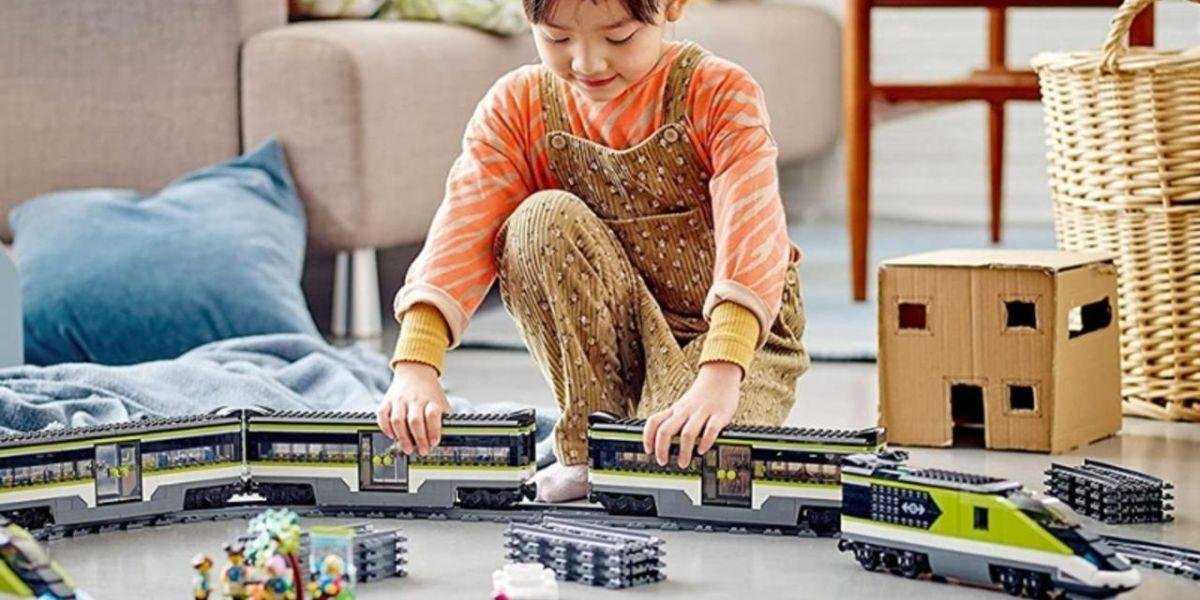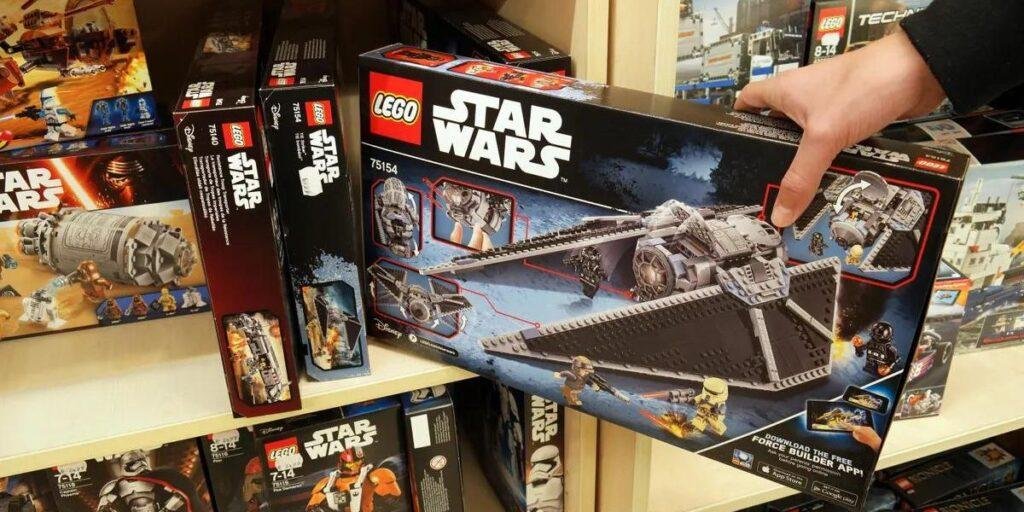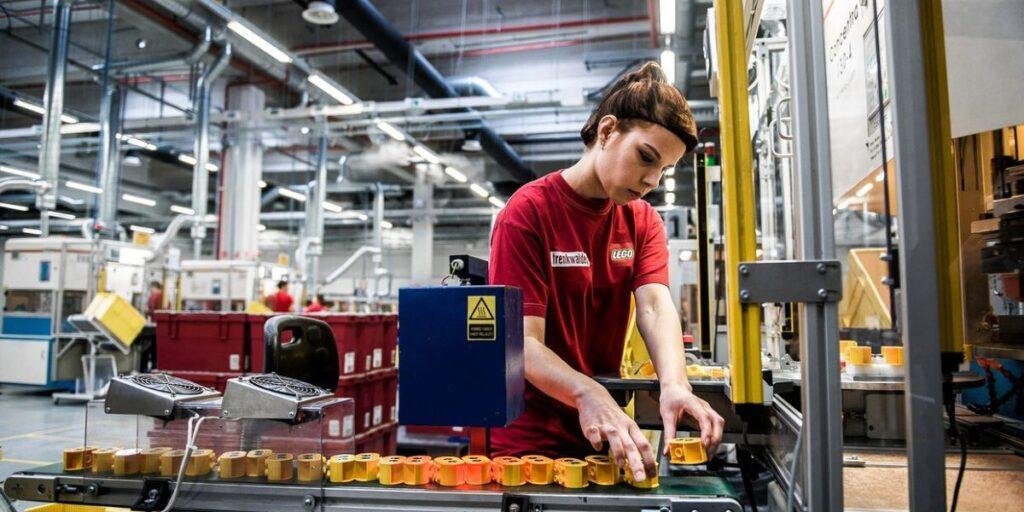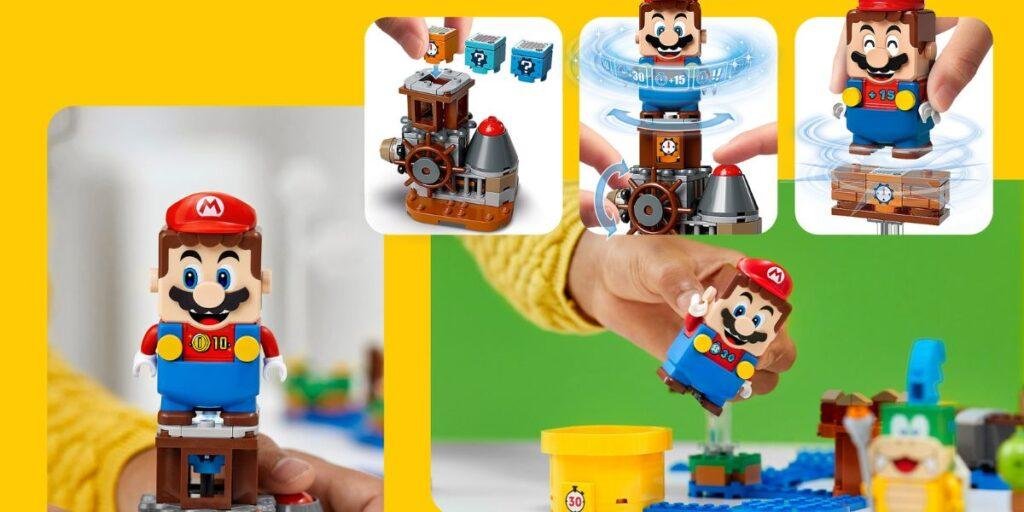

LEGO is a popular line of construction toys that consists of colorful interlocking plastic bricks, gears, mini-figures, and various other components. LEGO sets come with instructions for building specific models. The bricks are designed to fit together in a variety of ways, allowing for complex designs and structures to be created.
LEGO sets have become popular worldwide since they were produced in 1949, and are enjoyed by both children and adults. LEGO has also expanded beyond just bricks, with themed sets based on popular movies, TV shows, and video games, as well as robotics and educational sets that teach kids about engineering and programming.
Overall, LEGO is a versatile and fun toy that inspires creativity and imagination, while also teaching important skills like problem-solving and spatial reasoning. So, if you wonder why are legos so expensive, you are at the right place because this article will discuss the same.

LEGO sets can be expensive due to a variety of factors, including the high quality of materials used, the complexity of the design, etc. However, despite the high cost, many people find that the quality and enjoyment it can provide hours of entertainment and inspire creativity, making them a popular toy for both children and adults. Here are 12 reasons why Legos are expensive:
LEGO bricks are made from high-quality plastic that is durable, non-toxic, and designed to withstand the wear and tear of frequent use. The quality of the materials used in LEGO sets can contribute to their higher cost, making it one of the major reasons of why is lego so expensive.

LEGO sets are precision-manufactured to ensure that each piece fits together perfectly. This requires a high degree of precision and attention to detail, which can drive up the cost of production.
LEGO invests heavily in research and development to create innovative designs and new products. This investment in R&D can increase the cost of LEGO sets.

LEGO sets based on popular movie and video game franchises may require the payment of licensing fees to the owners of those properties. These fees can add to the overall cost of the set.

LEGO sets can involve hundreds or even thousands of individual pieces, each of which must be carefully crafted and engineered to fit together in specific ways. This level of complexity can require skilled labour and drive up production costs.
LEGO occasionally releases limited edition sets that are only available for a short period of time. These sets can be more expensive due to their limited availability and increased demand.

Some LEGO sets are quite large, with hundreds or even thousands of pieces. These sets require more materials and labour to produce, which can contribute to their higher cost.
LEGO occasionally releases exclusive sets that are only available through certain channels or retailers. These sets can be more expensive due to their exclusivity and limited availability.

The packaging and marketing of LEGO sets can add to their cost. LEGO sets often come in elaborate boxes and feature extensive advertising and branding, which can contribute to their overall cost.

The skilled labour required to produce LEGO sets can be costly, especially in regions with high labour costs.

Shipping and logistics costs can add to the overall cost of LEGO sets, especially for larger or heavier sets that require special handling.

LEGO offers a variety of customization options for some sets, such as personalized minifigures or custom-printed bricks. These options can increase the cost of the set.

The value of LEGO sets as an investment can vary greatly depending on the specific set and market conditions. While some sets may appreciate in value over time, there is no guarantee that any particular set will increase in value.
That being said, LEGO sets can be a worthwhile investment for those who enjoy collecting and building them, as they can provide hours of entertainment and creative stimulation. Additionally, some LEGO sets may hold sentimental value for collectors and fans, making them valuable beyond their monetary worth.
When considering LEGO sets as an investment, it’s important to do your research and keep an eye on market trends. Some sets may be more likely to appreciate in value than others, and factors such as limited availability and rarity can drive up the value of a set.
Furthermore, while LEGO sets may not always be a guaranteed financial investment, they can provide a great deal of value as a source of entertainment, creativity, and personal satisfaction.

The value of LEGO sets is determined by a variety of factors, including their rarity, age, condition, and desirability among collectors. However, one unique factor that contributes to their value is the emotional connection that many people have to these toys.
For generations, LEGO sets have captured the imaginations of children and adults alike, inspiring creativity, problem-solving, and a love for building. As a result, many people have fond memories of playing with LEGOs as a child, and these sets hold a special place in their hearts.
This emotional attachment can drive up the value of certain LEGO sets, as collectors are willing to pay a premium for a set that holds sentimental value for them. In some cases, collectors may even be willing to pay more for a set that is incomplete or damaged, simply because it holds special meaning for them.
In addition to their emotional value, LEGO sets can also be valuable as works of art. The intricate designs and complex engineering that go into these sets make them highly sought after by collectors who appreciate the beauty and craftsmanship of these toys.
Overall, the value of LEGO sets is driven by a combination of factors, including emotional attachment, rarity, and aesthetic appeal, and it is not questionable why are legos so expensive. While the monetary value of these sets can fluctuate over time, their enduring popularity and cultural significance make them a valuable addition to any collection.

If you’re considering investing in LEGO sets, there are several things you should keep in mind to make an informed decision. Here are some key factors to consider:
1. Research the Market: Before investing in LEGO sets, it’s important to research the market and understand current trends and prices. Look at past sales data for similar sets, as well as trends in the LEGO collector’s market to determine which sets are likely to hold their value or appreciate over time.

2. Consider Condition: The condition of a LEGO set can greatly affect its value. Sets that are still in their original packaging and have never been opened are generally worth more than sets that have been used or are missing pieces. Make sure to carefully inspect any set you’re considering purchasing to ensure that it’s in good condition.

3. Look for Rarity: Some LEGO sets are rare than others, and this can greatly affect their value. Limited edition sets or sets that are no longer in production are often highly sought after by collectors and can be worth more than newer, more readily available sets.
4. Consider Long-Term Storage: If you plan to invest in LEGO sets, it’s important to consider how you will store them. Proper storage can help protect the sets from damage and preserve their value over time. Make sure to store sets in a dry, cool environment, and avoid exposure to direct sunlight or extreme temperatures.

Overall, investing in LEGO sets can be a fun and rewarding hobby, but it’s important to do your research and approach it with a clear understanding of the market and the factors that can affect a set’s value.
Bottom Line
In conclusion to why are legos so expensive now, we’d like to add that there are multiple factors that add value to Legos such as high-quality materials, precision manufacturing, extensive research and development, complex designs, limited edition, large set sizes, packaging and marketing, labour costs, etc. However, despite their higher cost, LEGO sets can provide a fun and rewarding experience for builders of all ages, and can also hold their value well over time, making them a potentially worthwhile investment for collectors.
Why are LEGO sets more expensive than other toys?
Why are some LEGO sets more expensive than others?
Are LEGO sets worth the investment, given their higher cost?
Do LEGO sets go on sale or have discounts?
Is it cheaper to buy LEGO sets online or in-store?